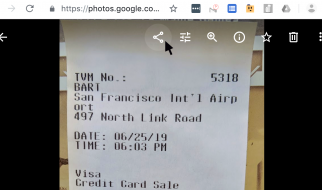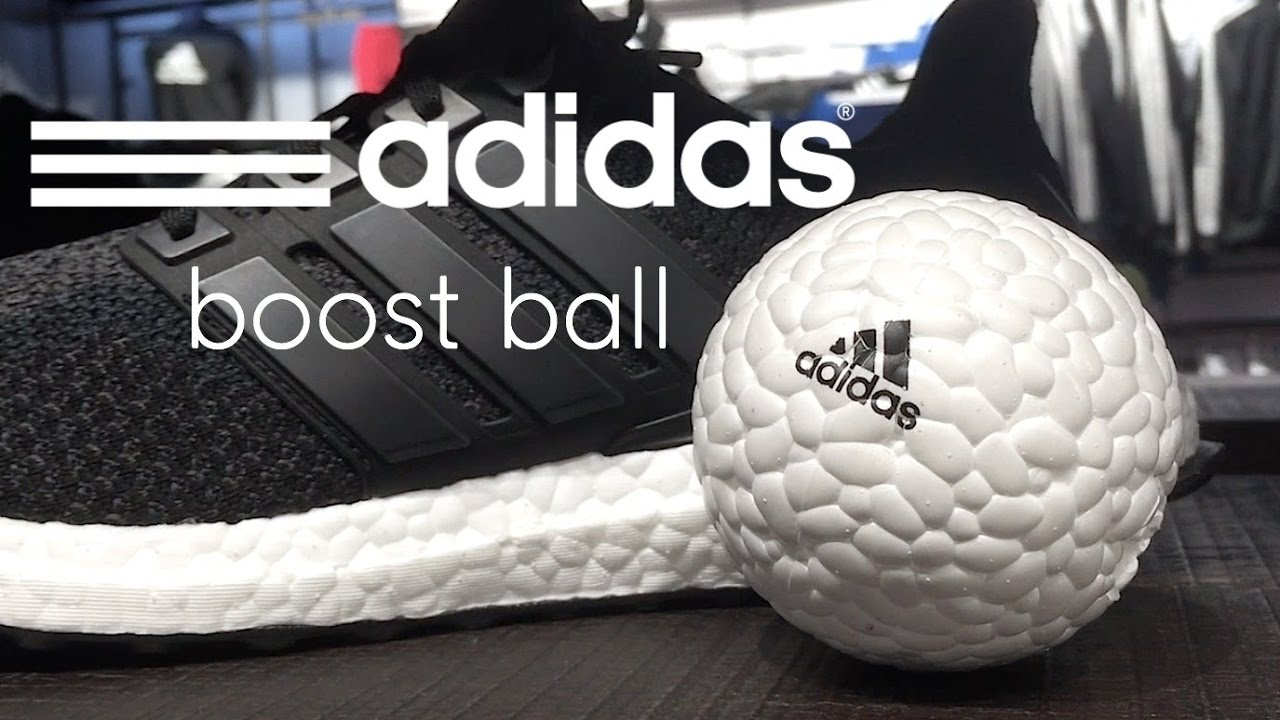 Adidas Boost Ball
Adidas Boost Ball
Boost! Boost?
You may have heard this word a lot the past couple of years if you are a ?sneaker head?, a runner, follow Kanye West or just someone who likes to be up to date on the latest trends in the footwear industry. Even if you are familiar with ?Boost?, you may be asking the question ?What is it??
Boost is a combination of highly elastic thermoplastic polyurethane particles that are fused together. In simpler terms it?s an elastic foam that consists of individual beads.
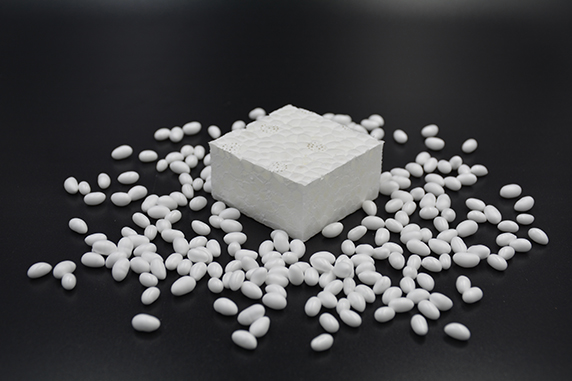 Infinergy Beads
Infinergy Beads
Boost came from collaboration between Adidas and the German company BASF (Slade, 2017). BASF created the technology of the closed-cell elastic particle foam that goes by the trade name Infinergy. BASF is the largest chemical producer in the world and has a focus in chemicals, performance products, functional materials & solutions, agricultural solutions and oil & gas (Slade, 2017).
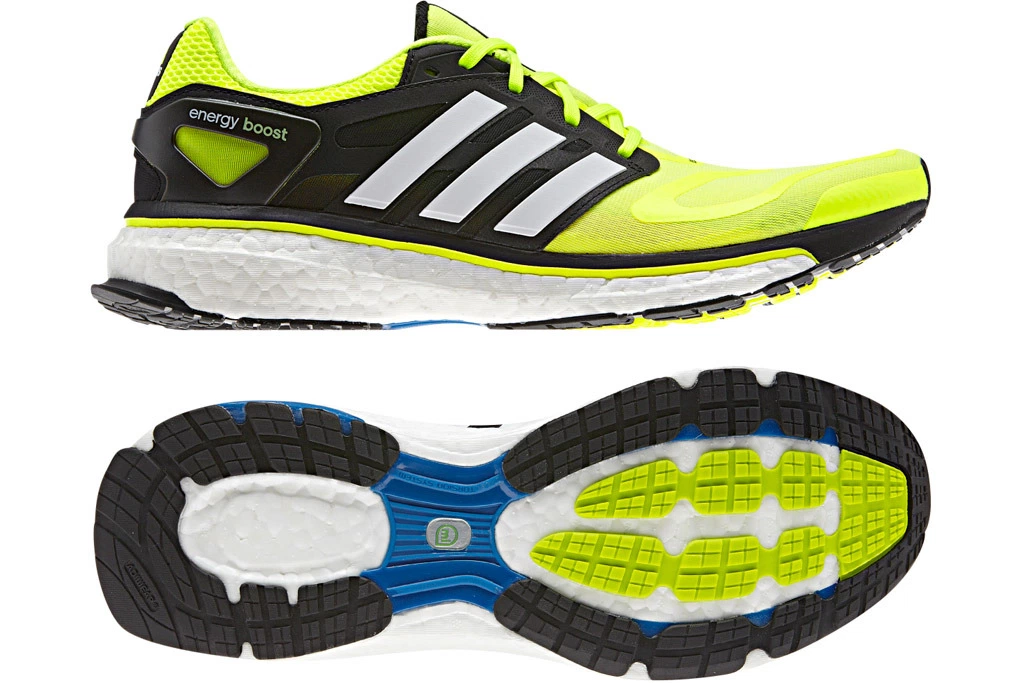 Energy Boost Running Shoe
Energy Boost Running Shoe
The ?Energy Boost? running shoe by Adidas is the first product to make use of this new closed-cell particle foam (Infinergy, 2013). One of the main features of Infinergy and Boost is its exceptional recovery behavior. Even under a continuous load the foam still does not lose its resilience, maintaining its excellent recovery in heat or cold (Infinergy, 2013). This resilience and recovery reduces the amount of energy lost when walking, running or exercising. Since less energy is lost, a runner could run their same run with less effort, the same run with the same effort further or use that same effort when running and run faster (Slade, 2017).
The introduction of Boost increased Adidas relevancy in the footwear market in 2013 and made it more appealing to consumers. The functionality and benefits of the boost technology is very alluring for runners who are always looking for ways to improve, whether that?s in performance or in the comfort of their running shoe. When talking to runners about what they need and look for in a good shoe, ?good cushioning? is a common theme (Infinergy, 2013). Before the introduction of Energy Boost, runners struggled with finding shoes with good cushioning forcing them to choose between wearing hard, elastic competition shoes or soft training shoes (Infinergy, 2013).
The dominance of Nike in the early 90?s through the 2000?s with its introduction of Nike Air called for response from Adidas. Nike?s air-centric midsole cushioning helped increase the popularity of its Air Max and Air Jordan shoes, changing the footwear performance market forever (Patos, 2017). Although Adidas response may have been delayed, the technology behind Boost has also changed the performance footwear market forever.
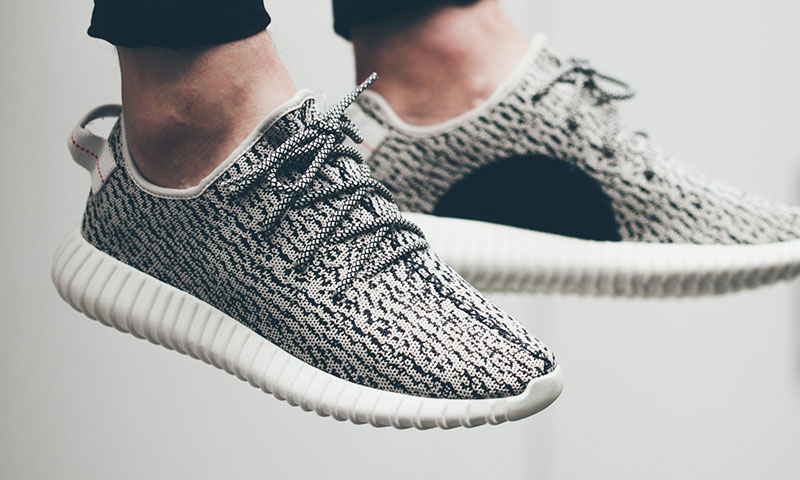
Adidas partnership with BASF makes it an even more credible competitor of Nike in the performance footwear arena. The partnership provides Adidas with the opportunity to market the new technology in its shoes while also having BASF advocating and marketing for them as well. BASF has a very specific role in marketing for Adidas. It is to bring awareness to this new technology that has excellent resiliency and recovery, to explain how it was created and to explain how it works. This type of marketing not only informs consumers but also makes Adidas claims of a running shoe that returns energy more credible. Since the technical terminology and processes may be confusing to the ?everyday? consumer it?s Adidas role to explain and market the technology in a way that is easy for someone without a scientific background to understand.
BASF leveraging it?s marketing or maximizing its use to educate customers and people in the industry will ultimately make the company a better partner for Adidas. Creating consumer awareness by showing the process it takes to get from foam pellet to comfortable running shoe increases Adidas? sales, resulting in an increase in profit for BASF.
References
Infinergy: BASF develops the first expanded TPU : BASF polyurethanes. (2013). Retrieved from http://www.polyurethanes.basf.de/pu/solutions/en/content/group/News_und_Medien/Presseinformationen/Infinergy_BASF_develops_expanded_TPU
Patos, R. (2017). An exploratory look at adidas?s revolutionary BOOST technology. Retrieved from https://hypebeast.com/2017/2/adidas-boost-technology-explained
What is adidas boost? Slade, J. (Director). (2017, Jan 11,).[Video/DVD] Retrieved from https://www.youtube.com/watch?v=6icItMrGasY

